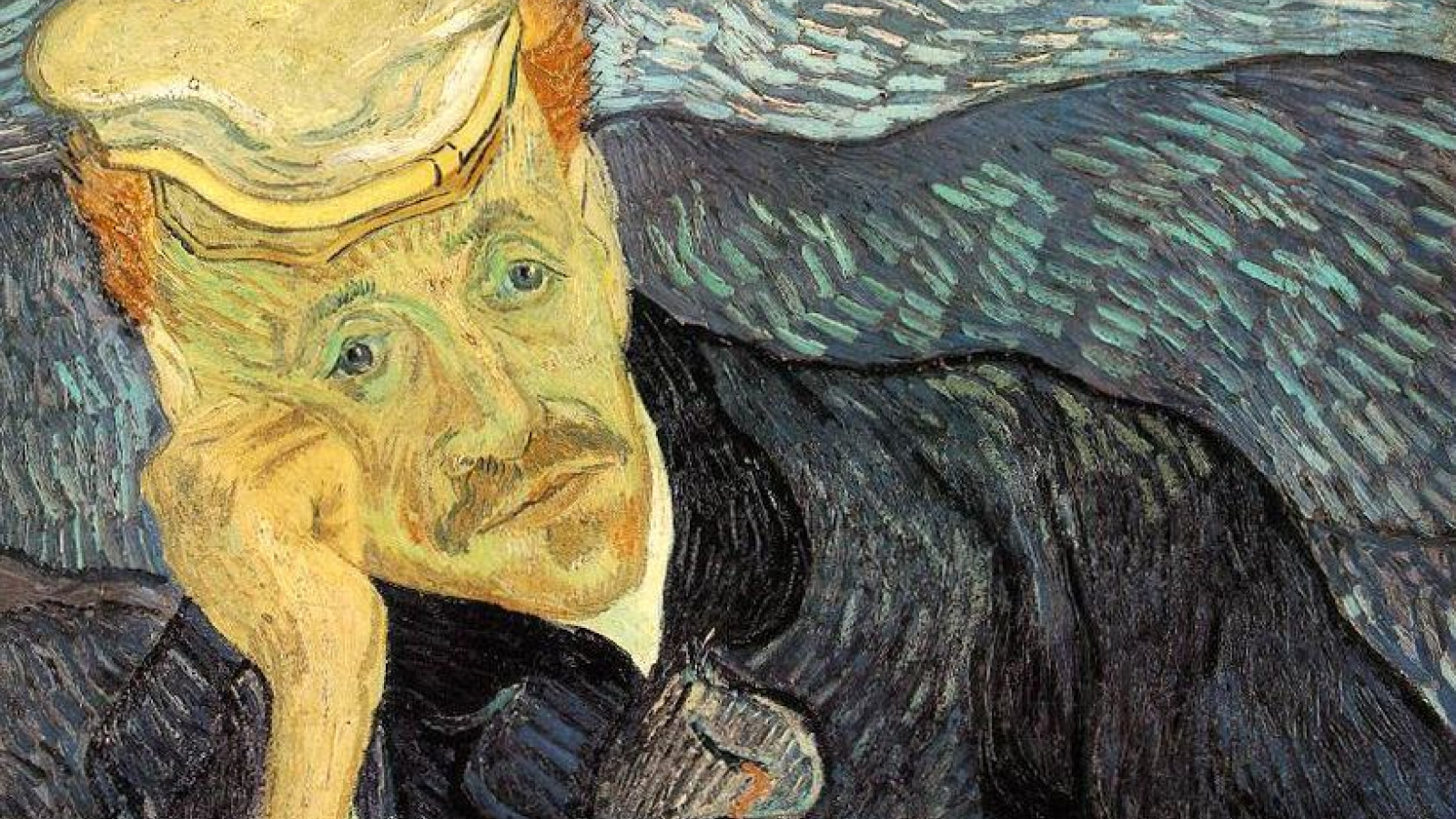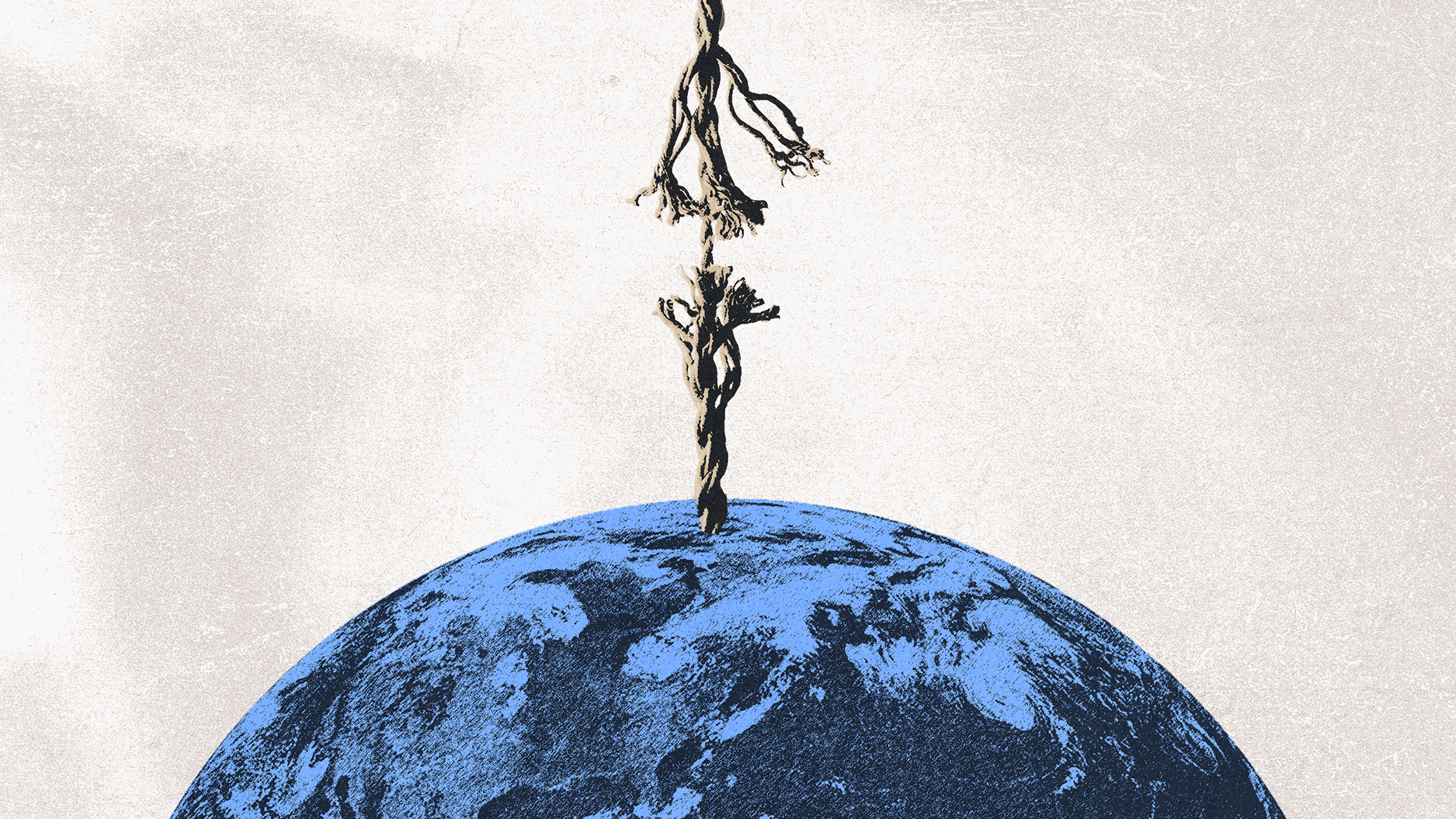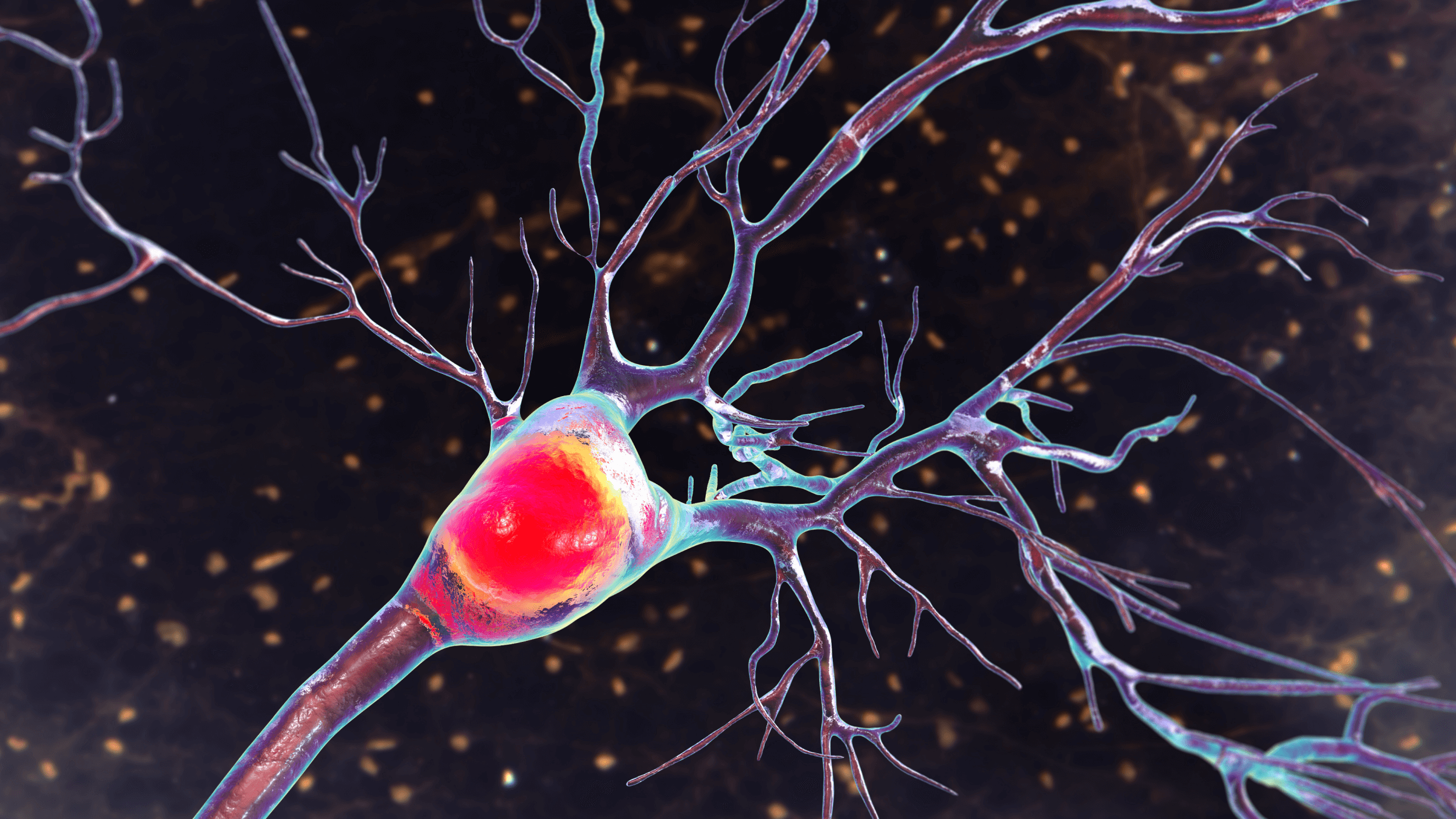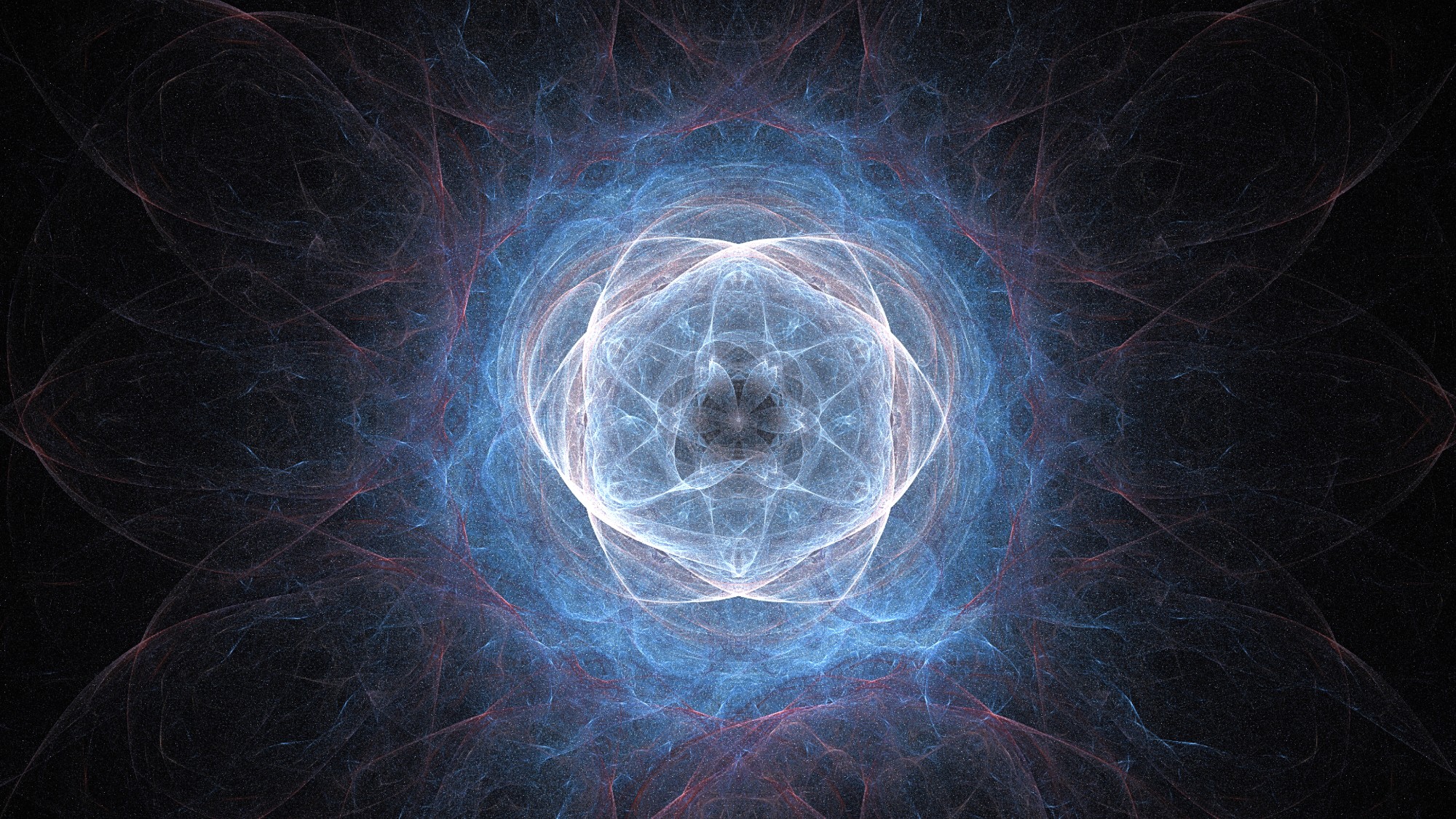What Is Consciousness?
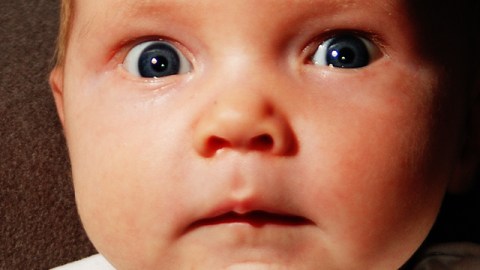
What does it mean to be conscious? It’s a question that philosophers and scientists have puzzled over perhaps since there have been philosophers and scientists.
In his book “Consciousness Explained,” Tufts University philosopher Daniel Dennett calls human consciousness “just about the last surviving mystery,” explaining that a mystery is something that people don’t yet know how to think about. “We do not yet have all the answers to any of the questions of cosmology and particle physics, molecular genetics and evolutionary theory, but we do know how to think about them,” writes Dennett. “With consciousness, however, we are still in a terrible muddle. Consciousness stands alone today as a topic that often leaves even the most sophisticated thinkers tongue-tied and confused. And, as with all of the earlier mysteries, there are many who insist—and hope—that there will never be a demystification of consciousness.”
On a base level, consciousness is the fact of being awake and processing information. Doctors judge people conscious or not depending on their wakefulness and how they respond to external stimuli. But being conscious is also a neurological phenomenon, and it is part of what allows us to exist and understand ourselves in the world.
Dr. Antonio Damasio, a neuroscientist from the University of Southern California who has studied the neurological basis of consciousness for years, tells Big Think that being conscious is a “special quality of mind” that permits us to know both that we exist and that the things around us exist. He differentiates this from the way the mind is able to portray reality to itself merely by encoding sensory information. Rather, consciousness implies subjectivity—a sense of having a self that observes one’s own organism as separate from the world around that organism.
“Many species, many creatures on earth that are very likely to have a mind, but are very unlikely to have a consciousness in the sense that you and I have,” says Damasio. “That is a self that is very robust, that has many, many levels of organization, from simple to complex, and that functions as a sort of witness to what is going on in our organisms. That kind of process is very interesting because I believe that it is made out of the same cloth of mind, but it is an add-on, it was something that was specialized to create what we call the self.”
Scientists don’t fully understand what is happening in the brain that creates what we call consciousness, but researchers like Damasio are refining our knowledge about how firing neurons can lead to our thoughts and experience of the world.
Twelve years ago, Cal Tech professors Christof Koch and Francis Crick put forward the idea that consciousness resides in the brain’s prefrontal cortex; they described where in the brain we experience things when we experience them—but not why we do. In 2009, physicist Roger Penrose and anesthesiologist Stuart Hamerhoff advanced a “quantum mind theory” that took Koch and Crick’s ideas to a deeper, cellular level, suggesting that consciousness is a result of quantum mechanics, with microtubules inside the brain working as computing elements in a system they call “orchestrated objective reduction.” The theory suggests that human consciousness is a result of the wave functions of quantum particles collapsing once they reach specific energy levels. Hamerhoff’s blog, Quantum Consciousness, describes this theory in depth, and details how he and Penrose believe the brain’s neural networks and cells process information that results in consciousness. Critics of the quantum mind theory contend that consciousness is hardly demystified by relating the brain to the rarefied realm of subatomic physics.
One thing to keep in mind is that consciousness is not uniform among humans, according to Damasio. Different people may experience consciousness in different ways, and it can be difficult to make comparisons of people’s subjective perceptions of reality with very much detail. Nonetheless, he notes: “When you look at people that say, from the same culture, roughly the same age, and not very difference intelligence, and you make a lot of detailed questions about the experiences of say colors, situations, and so on, you’ll get very similar answers. So I think it’s reasonable to say that even though, in all likelihood, we have slightly different experiences of reality, they are similar enough to us not to clash.”
Studies of consciousness don’t all center on wakefulness. Dr. Sam Parnia, director of the Human Consciousness Project, embarked in 2008 on a three-year, 1500-patient quest to try and figure out whether people continue to be conscious when their bodies are clinically dead. Analyzing reports of near-death experiences when patients are in cardiac arrest, the project is seeking quantifiable data about what happens in a person’s brain when oxygenated blood stops flowing, and whether we then continue to think consciously.
Takeaway
What we call consciousness is the fact of our having a subjective experience of the world—it is our sense that the world is separate from us, and that we exist independently. While it is unclear exactly how neural firings in specific parts of the brain result in this kind of subjective thought, it’s believed that conscious thinking is related to the prefrontal cortex—and possibly extends down to a cellular level.
More Resources
— PhysOrg article describing Roger Penrose and Stuart Hamerhoff’s theory of quantum mechanics in consciousness and “orchestrated objective reduction.
— Quantum Consciousness blog’s description of the brain science behind subjective thought.
— “The First Few Minutes After Death,” 10/31/2008 article from Popular Science.
— “Consciousness and Neuroscience,” 1998 article by Francis Crick and Christof Koch from the journal Cerebral Cortex.
